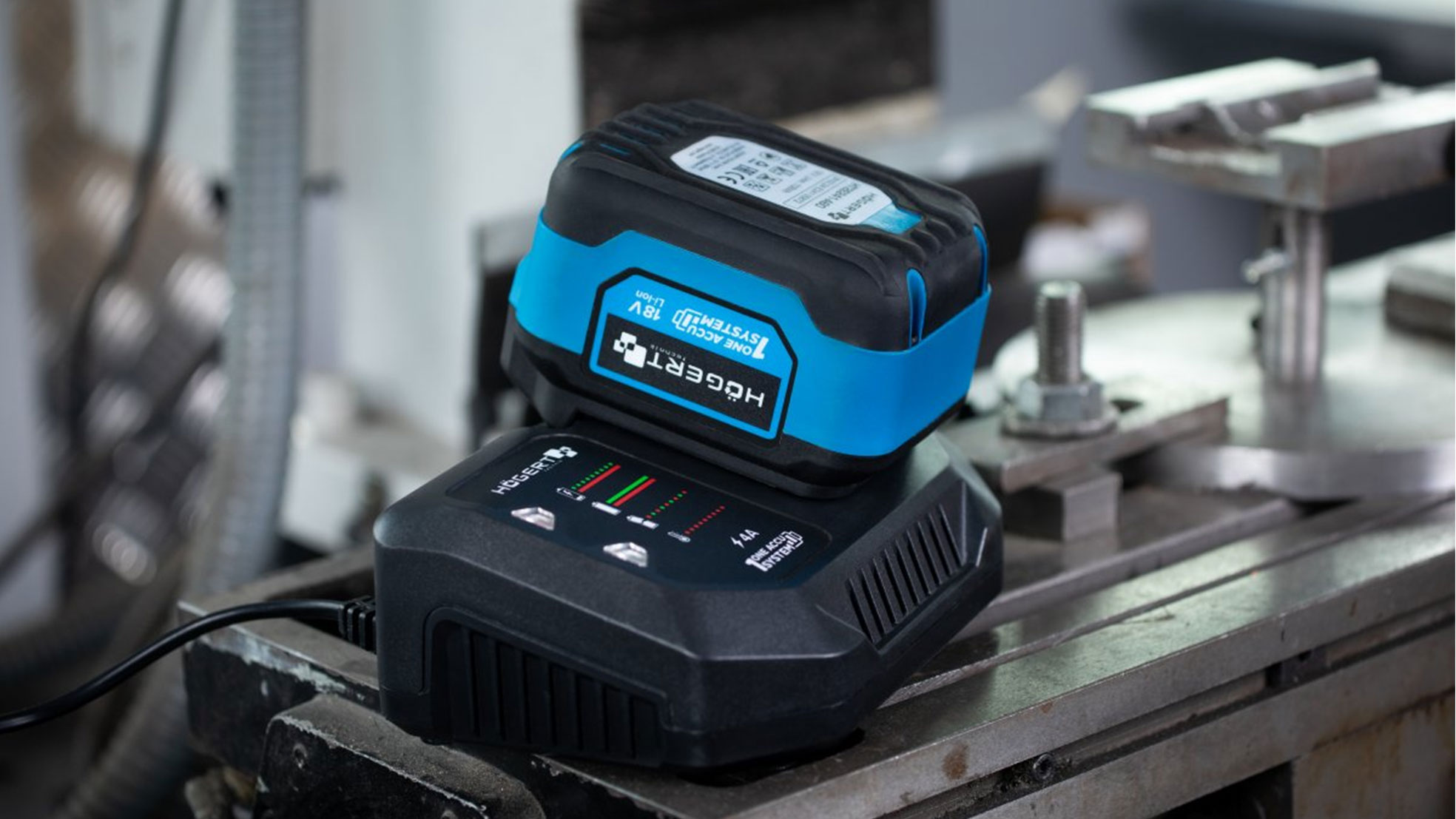Wireless tools have become the standard for mobility, efficiency, and performance. But the full potential depends on one crucial factor: the battery. Whether you're a contractor with multiple projects or a do-it-yourselfer doing odd jobs on the weekend — the difference between smooth progress and unexpected downtime often lies in how (and where) you charge.
Smart charging goes beyond simply plugging in. It's about energy conservation, extending lifespan, and optimizing your work rhythm. In this guide, we delve into the science of lithium-ion technology, explain what sets smart chargers apart, and show how better charging can get more out of your wireless tools.

Most wireless tools today use lithium-ion batteries, valued for their energy density, low weight, and fast charging times. But like any high-performance component, they need care.
Key factors that affect lifespan:
Discharge depth (how empty a battery gets before it's recharged)
Temperature during use and charging
Storage conditions between jobs
Number of charging cycles (each full cycle shortens lifespan)
Avoid complete discharge and keep the battery within a temperature of 10–25°C. Overheating — due to intensive use or careless charging — is one of the fastest ways to decrease performance.
Not all chargers are equal. Where simple models only charge, smart chargers actively monitor the condition of your battery.
What high-end chargers offer:
Thermal sensors that prevent charging beyond safe temperatures
Voltage regulation to avoid overcharging
Status displays with information about charging process, temperature, and malfunctions
Custom charging profiles based on battery type and tool
Cooling fans to manage internal heat during charging
Working with multiple tools of the same brand? Consider a multiport charging station — which allows you to charge multiple batteries simultaneously or sequentially, safely and efficiently.
A few simple habits can make a big difference in performance and lifespan:
Charge in a dry, ventilated area, out of the sun and away from heat sources
Don't leave batteries endlessly on the charger — remove them as soon as they are full, unless your charger has a maintenance mode
Label and rotate your batteries to promote even wear
Store batteries partially charged (40–60%) if you're not using them for a week or longer
Clean battery terminals for optimal connection
Do you often transport your tools? Use a shock-resistant case with integrated battery holders to prevent damage and exposure.
Top brands invest heavily in integrated battery management systems. They not only ensure safe and quick charging, but also communicate with the tool and battery to monitor behavior.
Features of premium platforms:
Bluetooth or app linking to track the charging status of your entire set
Priority charging: first the batteries that are the most depleted
Firmware updates that improve battery behavior
Diagnostic systems that detect cell problems, overheating, or wear
For professionals who rely on continuous power daily, this is an investment in certainty and consistent performance.
Maintaining batteries is more than a habit — it's a form of assurance. With the right routines and smart charging systems, your tools remain powerful, reliable, and deployable, year after year.
Whether you're running large projects or tinkering in your free time: smart charging elevates your cordless tools from good to exceptional — so you can focus on the outcome, not on the charging schedule.









